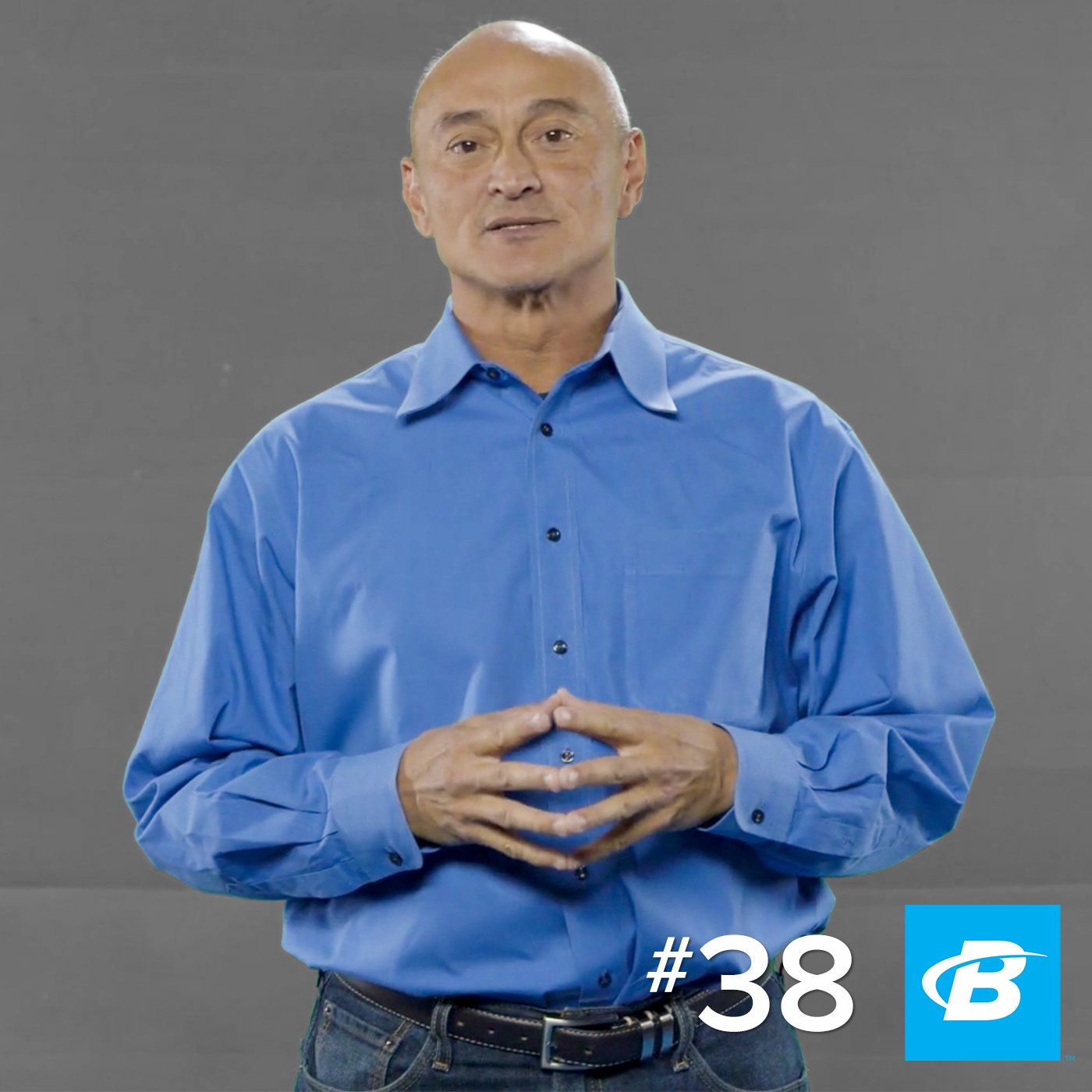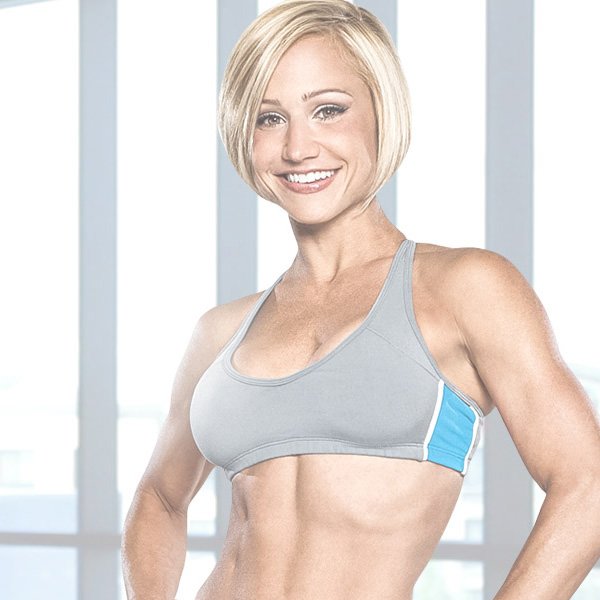Intro to Fitness Nutrition | Food as Fuel | Calories and Food Labels | Protein | Carbohydrates | Fats | How to Eat to Lose Weight | How to Eat to Gain Weight | Exercise and Nutrition | Supplements
The goal of losing weight dominates conversation about nutrition and food, and shouts at us throughout our daily lives. Whether we acknowledge it or not, it also factors heavily in the way many of us think about overall health, exercise, and the very definition of "fitness."
Yes, a healthy body composition is something that is achievable and sustainable without a crazy diet—and there is definitely more than one way to do it. This lesson will show you how.
Essential Ideas from the Video
Anyone who tells you "calories in, calories out" is all you need to know is oversimplifying what is actually a far more complex issue. Yes, cutting calories leads to weight loss. Plenty of diets cut calories seriously low, at least at first, and they get results. But not forever.
Past a certain point, restricting calories doesn't predictably lead to weight loss—and if it does, it's in ways that aren't healthy and it definitely won't feel pleasant or sustainable for you. Instead, look for nutritional "blind spots" and behaviors you can implement.
The first step in losing weight is to look hard at what you drink. Cutting out calories here can have an immediate and surprising impact.
Don't try to fix everything all at once. Instead, fix the most problematic meal in your day first. Fixing it—and just it—can be a huge win. What's even better is it requires far less work on your part than trying to fix every meal all at once. In many cases, it's as simple as prioritizing protein in a meal that was otherwise going to be empty calories.

- If you're eating out at a restaurant, try this: Eat half of what's on your plate and save the rest for later. The societal increase in portion size has left many of us completely out of touch with our bodily fullness signals and getting refamiliarized with them through techniques like this is essential for long-term weight control.
If you're eating at home, fix a plate—don't eat out of the pan. This is your moment to see how your small-scale choices—meaning this meal, right now—match up with your large goals. It's a moment for reflection, honesty, and learning. Take advantage of it!
Eat slowly, like at least 15-20 minutes per meal, not just 5-10. This can also help you figure out what "full" really feels like.
Where many people go wrong is by picking a dietary program first and then trying to change their life top to bottom to fit the plan. Anyone can spend a single Sunday preparing a week's worth of meals like a bodybuilder. But doing it every week? That's not for everyone.
An average of 1-2 pounds per week of weight loss is the most that you can probably expect over the long term. Losing weight faster than that, for most people, is not only not sustainable, it's also going to be coming from the wrong places—like muscle tissue instead of body fat.
Look for other measurements of success, like how you feel, how your clothes fit, and how your workouts are progressing; these all "count" just as much as bodyweight changes. Don't trust the scale to tell the whole story—because it doesn't.
An 800-calorie burrito is just about impossible to "burn off" in a gym session. If that's your goal each time you step foot in the gym, well, that's an easy way to start hating exercise—and stop doing it.
Strength training is essential for weight loss. The more muscle you have, the more fat you'll be able to burn. It also gives you control over your health and appearance in a way that simple calorie control can't, and helps develop the strength and energy you need to fit more total activity in your life.

Non-exercise activities are also great for weight loss. Park far away from a building. Walk or bike rather than drive whenever possible. Do yardwork or housework. Stand rather than sit. Foam roll or stretch while you watch TV. It's trivial, but it works.
As long as calories—i.e., total portions—are under control and you're getting enough protein, popular diets all work with about the same level of predictability. This means that there's plenty of wiggle room for you to customize—once you fix the biggest problems and build a solid foundation, that is.
Protein and calories—that's what determines diet success! A protein shake is an easy way to control both.
